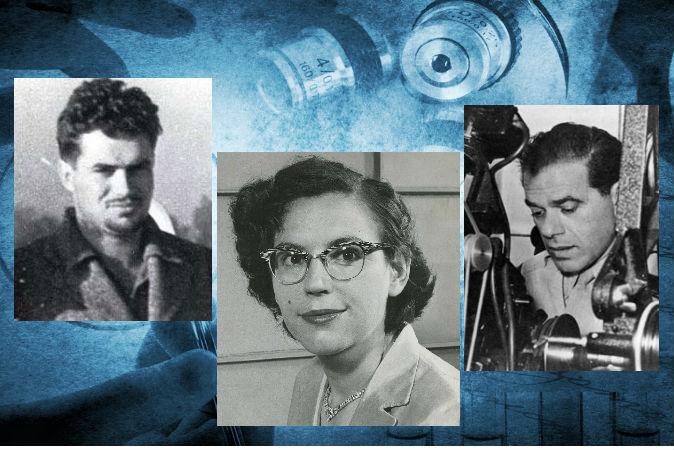Secrecy coated the Morgan home, swept in like a fine dust that settles heavily. George Morgan’s parents worked as scientists on classified projects for the U.S. government, and they became so steeped in silence that even talk of personal matters in the home became vague and elusive.
Morgan didn’t find out his mother had emphysema, for example, until it became impossible to hide it. When she eventually required assistance breathing, he came home to find air tubes scattered on the floor.
As a child, when Morgan would ask his father what he did at work, he would respond, “A little of this, a little of that.” Morgan had only a foggy impression of what his father did—something about rocket engines and design. Later in life, Morgan met one of his father’s former coworkers. He eagerly asked the man, “When my dad went to work each morning, what did he do?” The man’s face and tone became solemn as he responded, “A little of this, a little of that.”
“That’s when I realized my dad was spewing the party line,” Morgan said. “That’s what they were teaching and training people to say.”
Morgan’s mother, Mary Sherman Morgan, was America’s first female rocket scientist. She invented the rocket fuel that sent America’s first satellite Explorer I into space, a lofty accomplishment for a farm-girl with only a high-school diploma. When Morgan decided to write his mother’s story, he discovered he knew much less about her than he thought.
He uncovered the most shocking secret when he was 57, three years ago.






